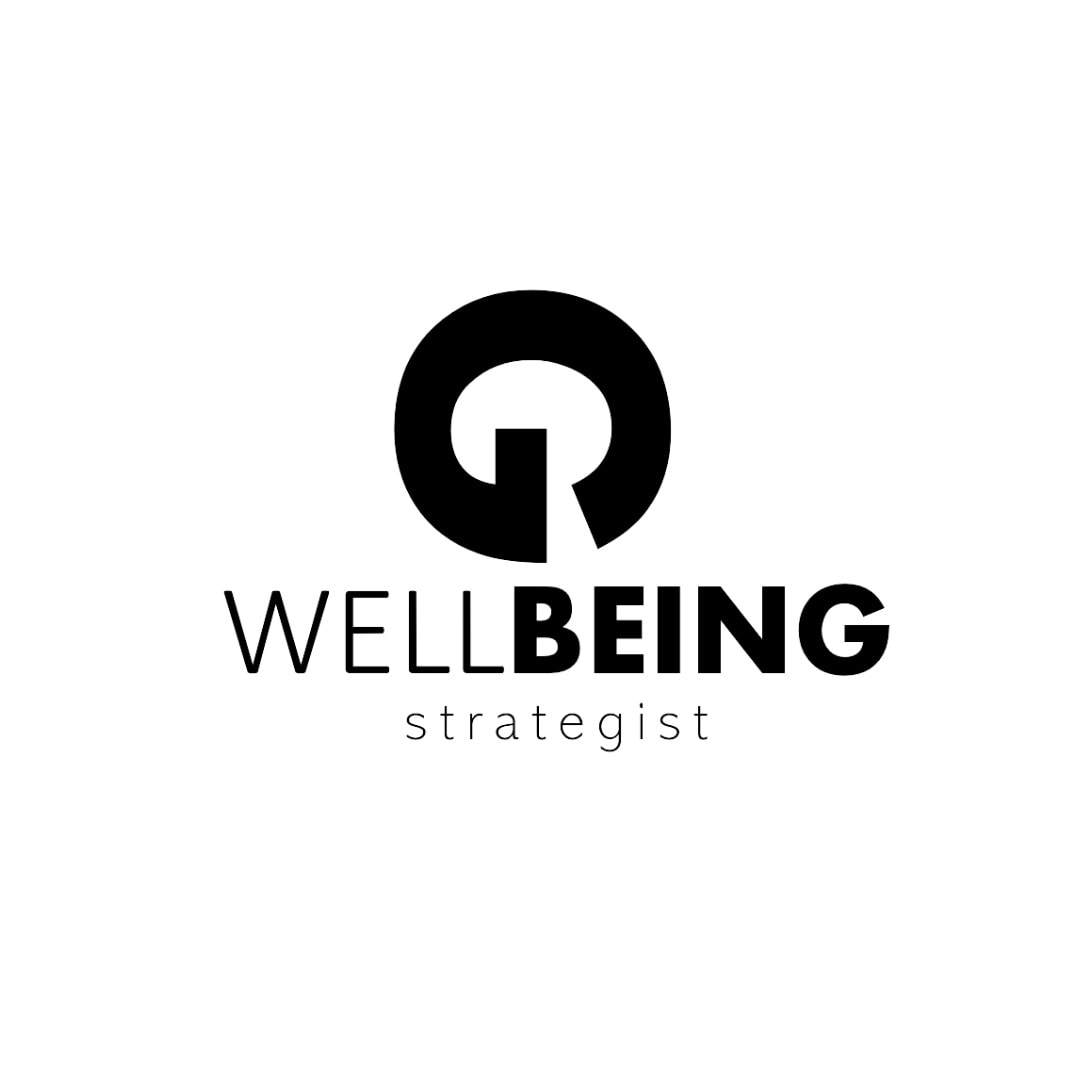In the high-stakes world of business leadership, CEOs are under immense pressure to perform, innovate, and lead their companies to success. But what happens when the relentless pace and responsibility take their toll, leading to CEO burnout? Recognizing the signs of burnout, understanding its causes, and knowing how to effectively recover and recharge are critical for sustaining leadership effectiveness and personal well-being. In this comprehensive discussion, we’ll explore the multifaceted issue of executive burnout and offer guidance on navigating these challenges to emerge stronger and more resilient.

What Causes CEO Burnout and How to Recognize It?
Identifying the Signs of Burnout in CEOs
CEO burnout often manifests through physical exhaustion, emotional detachment, and a sense of ineffectiveness. These symptoms of burnout can drastically affect an executive’s ability to lead with clarity and purpose. CEOs may find themselves feeling overwhelmed by decisions that once seemed straightforward or experiencing a persistent sense of fatigue that isn’t alleviated by rest. Recognizing these signs early is crucial in addressing burnout before it spirals into more severe health or mental health issues.
Understanding the Unique Stressors That Contribute to Executive Burnout
Executive burnout is fuelled by a combination of high, frequently unrealistic expectations, constant connectivity, and the pressure to make decisions that affect the livelihoods of others. A 2024 study by Deloitte found that many CEOs suffer from the belief that they need to always be “on,” which can accelerate burnout. This is compounded by the rapid pace of change in the business world, particularly in the wake of the pandemic, which has added an extra layer of uncertainty and stress for leaders trying to navigate their organizations through uncharted waters.
The Role of Work-Life Imbalance in Leading to CEO Burnout
The blurring lines between work and personal life, especially with the rise of work from home arrangements, pose a significant risk of burnout for CEOs. It’s essential to recognize that work-life balance is not just a buzzword but a fundamental requirement for mental and physical health. The inability to disconnect and recharge can leave CEOs feeling as if they’re in a constant state of catching up, which is both unsustainable and detrimental to their well-being.

Strategies for CEOs to Prevent Burnout and Protect Their Well-being
Effective Time Management Techniques to Prioritize Work and Personal Time
Prioritizing and managing time effectively is key to preventing CEO burnout. It’s important for executives to distinguish between what is urgent and what is important, and to delegate accordingly. Adopting techniques such as time-blocking for strategic thinking and personal downtime can help maintain a healthier work-life balance. It’s also critical to understand that being constantly busy does not equate to being effective.
The Importance of Delegation and Trusting Your Team
Delegation is not a sign of weakness but of strength and trust in one’s team. Many CEOs suffer from the misconception that they need to handle everything themselves to ensure it’s done right. However, empowering leaders within your organization not only helps distribute the workload but also contributes to building a stronger and more capable team. Trust, combined with clear communication, can greatly alleviate the pressures that lead to burnout.
Incorporating Mindfulness and Stress Management Practices into Daily Routines
Mindfulness and stress management practices can be powerful tools in the executive toolkit for preventing burnout. Whether you’re incorporating meditation, exercise, or hobbies that disconnect you from work, these practices can help maintain mental health and overall well-being. It’s also a great way to model healthy behavior to your team, showing that prioritizing well-being is not just accep
table but encouraged within the organizational culture.
How Can CEOs Recover from Burnout and Recharge Their Energy?
Steps to Take Immediately After Recognizing Signs of Burnout
Upon recognizing the signs of burnout, it’s crucial to take immediate steps toward recovery. First, acknowledging that you’re experiencing burnout and not just temporary exhaustion is vital. This may involve consulting with a mental health professional, taking a temporary step back from work, or identifying the aspects of your job that are most draining and seeking practical solutions to mitigate these stressors.
Developing a Sustainable Work-Life Balance Plan
Developing a sustainable plan for work-life balance involves setting boundaries and sticking to them. This might mean strict cut-off times for work-related communications, delegating or postponing less critical tasks, or scheduling regular time off. CEOs need to not only set these boundaries but also communicate them clearly to their teams to manage expectations effectively.
Finding Support: The Role of Peers and Professional Help in Recovery
Recovery from CEO burnout is not a journey to embark on alone. Finding support from peers who understand the unique challenges of leadership can provide solace and practical advice. Joining peer support groups or seeking out a coach who specializes in executive burnout can offer valuable perspectives and strategies for managing stress and preventing future burnout. Remember, seeking help is a sign of strength and a step towards regaining your footing.

Learn more about “Burnout Recovery Guide For Female Entrepreneurs”
The Impact of CEO Burnout on the Workforce and Business Success
How Executive Burnout Trickles Down to Affect the Entire Team
Executive burnout doesn’t only affect the individual; it trickles down to the entire team, potentially leading to a demoralized workforce. When a CEO suffers from burnout, decision-making can suffer, vision can become clouded, and the work environment may become more tense, all of which can undermine team morale and productivity. Recognizing the interconnectedness of executive well-being and organizational health is crucial for sustained business success.
Mitigating the Effects of CEO Burnout on Business Operations
Mitigating the effects of CEO burnout requires a proactive approach to well-being at the organizational level. This means creating structures that support the mental health of all employees, including the C‑suite. Measures such as providing access to mental health resources, encouraging regular breaks, and fostering an environment where employees feel valued and supported can go a long way in preventing burnout across the organization.
Rebuilding Team Morale and Confidence Post-CEO Burnout Recovery
Rebuilding team morale and confidence after a period of executive burnout involves transparent communication and renewed dedication to the company’s values and vision. It’s a great opportunity to reset and refocus on what matters most, both for the individuals within the company and the organization as a whole. Demonstrating a commitment to your own well-being and that of your team can foster a more resilient and engaged workforce.
Building a Supportive Network: Preventing Burnout Among CEOs and Executives
The Importance of Peer Support Groups for CEOs and Business Owners
The complex challenges faced by CEOs and business owners can often feel isolating. Engaging in peer support groups offers an invaluable outlet for sharing experiences, challenges, and strategies for managing stress and preventing burnout. These groups can act as a sounding board, providing insights and accountability that can help keep burnout at bay.
Mentorship and Coaching: Learning from Those Who’ve Been There
Mentorship and coaching can provide tailored guidance and support for navigating the unique stresses of executive life. A coach who has experience with executive burnout can offer practical advice and coping strategies that are directly applicable to the challenges CEOs face. This personalized support can be crucial in developing better stress management techniques and leadership strategies.
Creating an Environment That Prioritizes the Well-being of Executives
Lastly, creating an organizational culture that prioritizes the well-being of all employees, including executives, is essential for preventing burnout. This involves recognizing the human limits of productivity, valuing mental health as much as physical health, and fostering a positive, supportive work environment. When CEOs model this commitment to well-being, it sets a powerful example for the entire organization, emphasizing that everyone’s health is crucial to the company’s success.
FAQ
Q: How does an executive experience burnout in a fast-paced Fortune 500 company environment?
A: Executives in Fortune 500 companies often tackle overwhelming expectations and long work hours. The pressure to perform at a high level, combined with a pervasive culture of overtime and lack of sleep, can lead to CEO burnout. The fast-paced environment doesn’t lend itself easily to relaxation or self-care, pushing many leaders to a point where they can’t even imagine a balance between their work and home life.
Q: What signs indicate a CEO is experiencing burnout at the top?
A: Signs of burnout include a CEO who says they’re going through the motions but don’t really feel engaged, or when they express feelings of exhaustion and say, “I can’t even think straight anymore.” Other indicators can be a lack of initiative, deteriorating personal relationships at and outside of work, and admitting to considering quitting for a job that better supports their well-being.
Q: Why do many leaders not seek help when they experience burnout?
A: Many leaders pride themselves on their self-reliance and may think, “I should be able to handle this,” so they don’t try to seek help. There’s often a stigma around admitting to feeling overwhelmed, leading to CEOs bottling up their stress. Additionally, a misunderstanding of what constitutes burnout and how pervasive it is, particularly at high levels of leadership, prevents them from recognizing that they need to sit down and tackle the issue head-on.
Q: What strategies can CEOs use to recover from executive burnout?
A: Recovery strategies include prioritizing self-care, such as establishing routines for relaxation and adequate sleep, and creating boundaries to protect home life from being overwhelmed by work. They can also hire assistance to manage their tremendous amount of work and tap into resources like webinars, podcasts, or a peer advisory group for support. Leadership development programs and initiatives explicitly focused on managing burnout can provide the tools CEOs need to navigate these challenges.
Q: How significant is the problem of CEO burnout in the U.S.?
A: A Deloitte study found that 82% of professionals reported they’re often feeling burnt out, with executives and CEOs not exempt from this statistic. The problem is significant, considering the influential roles these individuals play in the workplace and the potential impact on the broader economy and innovation. The year 2023 has seen a continued discussion around the sustainability of the work culture that contributes to such high levels of burnout, especially among top leaders.
Q: Can joining a peer advisory group help CEOs manage burnout?
A: Absolutely. Joining a peer advisory group can be a game-changer for CEOs experiencing burnout. These groups provide a confidential and supportive space for executives to share their experiences and challenges with burnout. Learning from peers who understand the unique pressures of leading at high levels and who may have tackled similar issues themselves can offer invaluable insights and strategies for recovery. It also alleviates feelings of isolation by highlighting that many leaders go through similar struggles.
Q: What role does workplace culture play in CEO burnout, and how can it be addressed?
A: Workplace culture plays a critical role in CEO burnout. A culture that glorifies long hours and minimizes the importance of work-life balance can push CEOs towards burnout. Addressing this issue requires a shift in organizational values, with a stronger emphasis on well-being, leadership development, and creating an environment where taking initiative on self-care is encouraged. This cultural shift can help prevent burnout at the top by promoting a more sustainable work-life integration for everyone in the organization.
Q: Why is it important for leaders to openly discuss their experiences with burnout?
A: Open discussions about burnout help to destigmatize the issue, making it easier for other leaders to acknowledge their struggles and seek help. When a CEO shares their journey of dealing with burnout, it can inspire others to prioritize their well-being and take proactive steps towards recovery. Moreover, it sets a precedent within the organization and beyond, showing that it’s not just acceptable but vital to address personal well-being to sustain professional performance and overall health.




